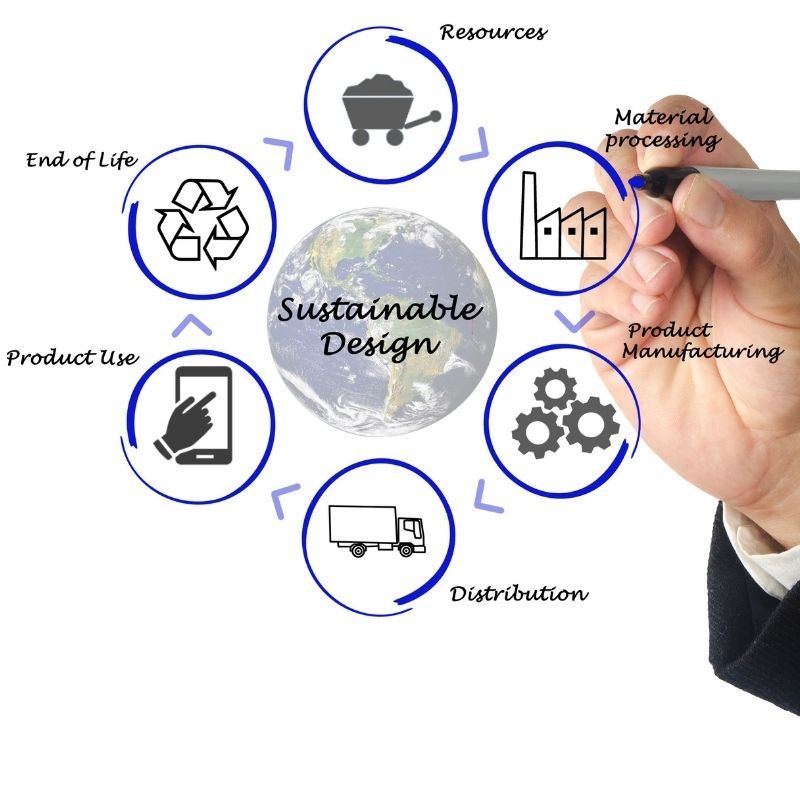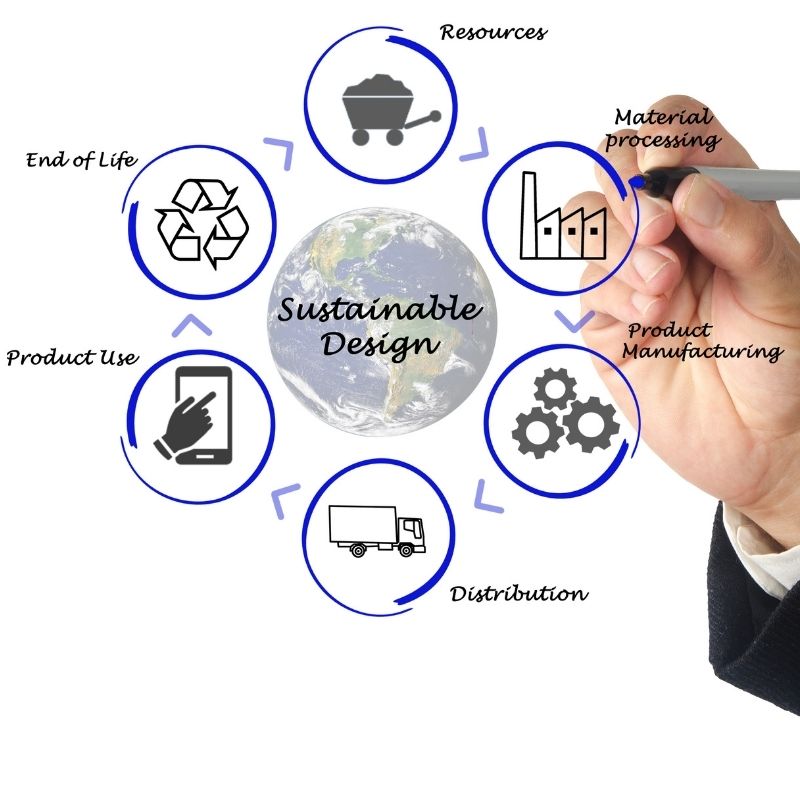
Eco-Friendly Vs. Sustainable
Eco-friendly
The main definition for eco-friendly means that the products or materials are not harmful to the environment. Eco-friendly materials can be applied to manufacturing products, production materials, packaging materials, fluids, cleaning products and many other items. Eco-friendly products and packaging must include environmentally responsible materials and processes from beginning to end to have zero negative impact on the earth and the earth’s natural resources.
Eco-friendly products cause the least possible harm to the planet, they require less energy use during production, and/or feature highly renewable or biodegradable materials. There are no real global standards to determine or support a company’s claim that their products are eco-friendly, it is more a statement that describes the brand’s values and practices.
Sustainability
Sustainability refers more to the practices of a company which ensure zero harm to natural resources and promoting conscious practices focus on the future. The action, process, or product touted as being sustainable or manufactured with sustainable practices must generate social, economic, and/or environmental benefits without causing any type of pollution throughout the entire lifecycle.
Sustainability can be even more encompassing than eco-friendly as it holds a company to a higher set of standards that includes eco-friendly products as well as environmentally conscious activities.
Eco-Friendly Flexible Packaging Materials
Packaging materials is one area where companies can make a big difference in using eco-friendly materials and is also an area where consumers can drive the market. Brands that advertise their eco-friendly packaging appeal to a wide array of buyers in the marketplace who search for these environmentally conscious, sustainable activities.
As eco-friendly products and materials continue to grow in demand, companies are taking note and changing their packaging methods. Flexible packaging is quickly gaining in popularity over rigid packaging materials due to the many benefits it provides with eco-friendly materials and a smaller carbon footprint throughout the entire product lifecycle.
Flexible packaging can be made smaller to fit the product such as a tight shrink-wrapped bag around materials as opposed to placing products in an oversized box and using additional packaging material to protect items. This drastically reduces packaging materials required while at the same time, allows for more product to be shipped on a pallet, or in a truckload, which reduces shipping space, weight, and fuel.
When searching for the best packaging materials for your products, consult with an experienced contract packaging company.
PPS Supports Eco-Friendly Packaging Materials and Sustainable Practices
Peoria Production Solutions, PPS, has been providing high-quality secondary packaging and production solutions for more than 80 years. We offer vast experience in helping our clients to choose the best packaging materials to meet their needs as well as environmental regulations or sustainability goals. PPS takes pride in practicing eco-friendly processes since our inception, as is evidenced by earning the U.S. Environmental Protection Agency’s (EPA’s) ENERGY STAR certification in 2020.
PPS offers high-quality secondary packaging solutions including flexible packaging for an eco-friendlier solution. We offer high-quality coupled with cost-saving efficiencies, helping our customers to meet their production demands with accurate performance and timely delivery. Contact us to learn more about how to improve your sustainability operations with eco-friendly flexible packaging materials.

